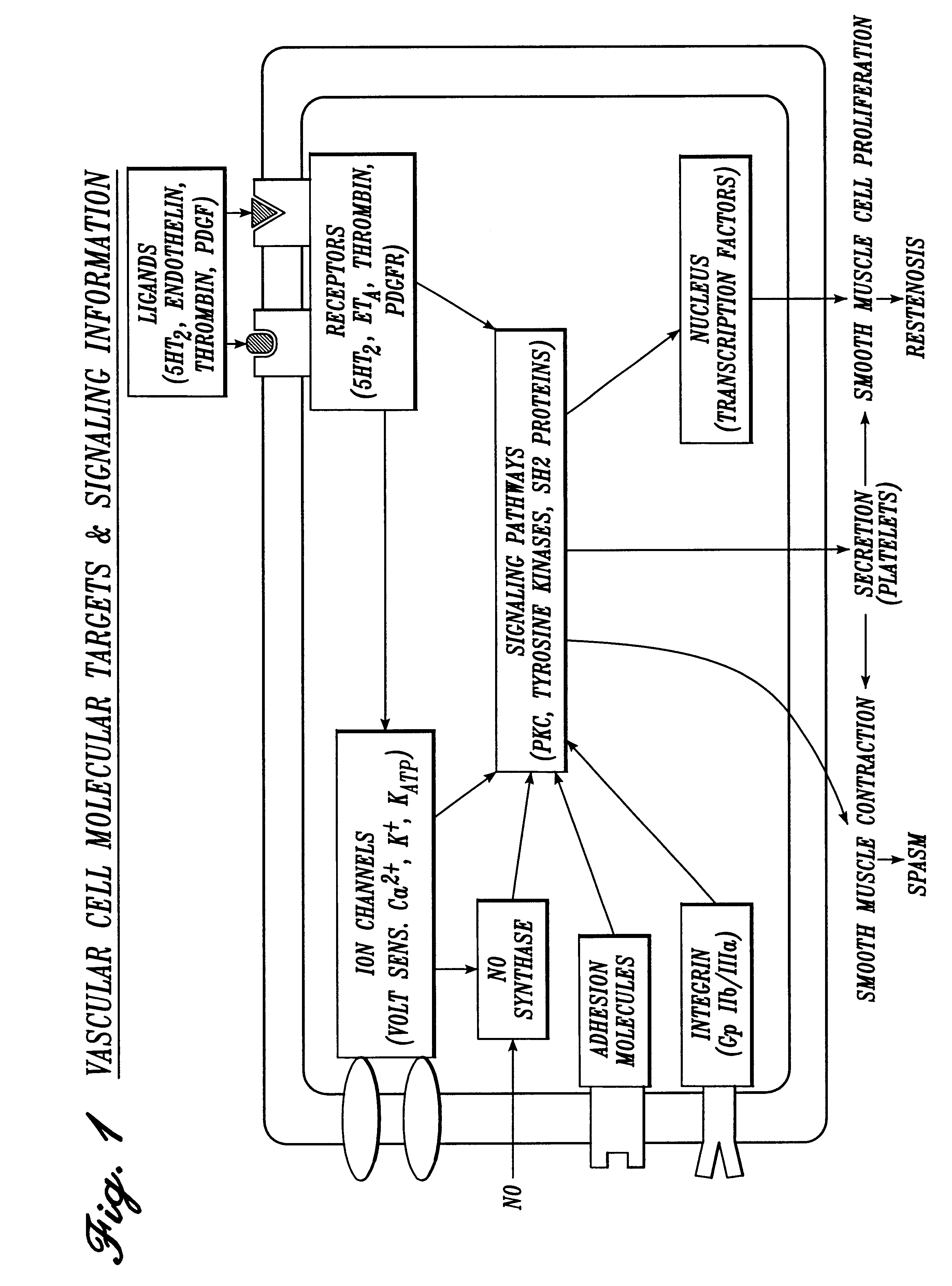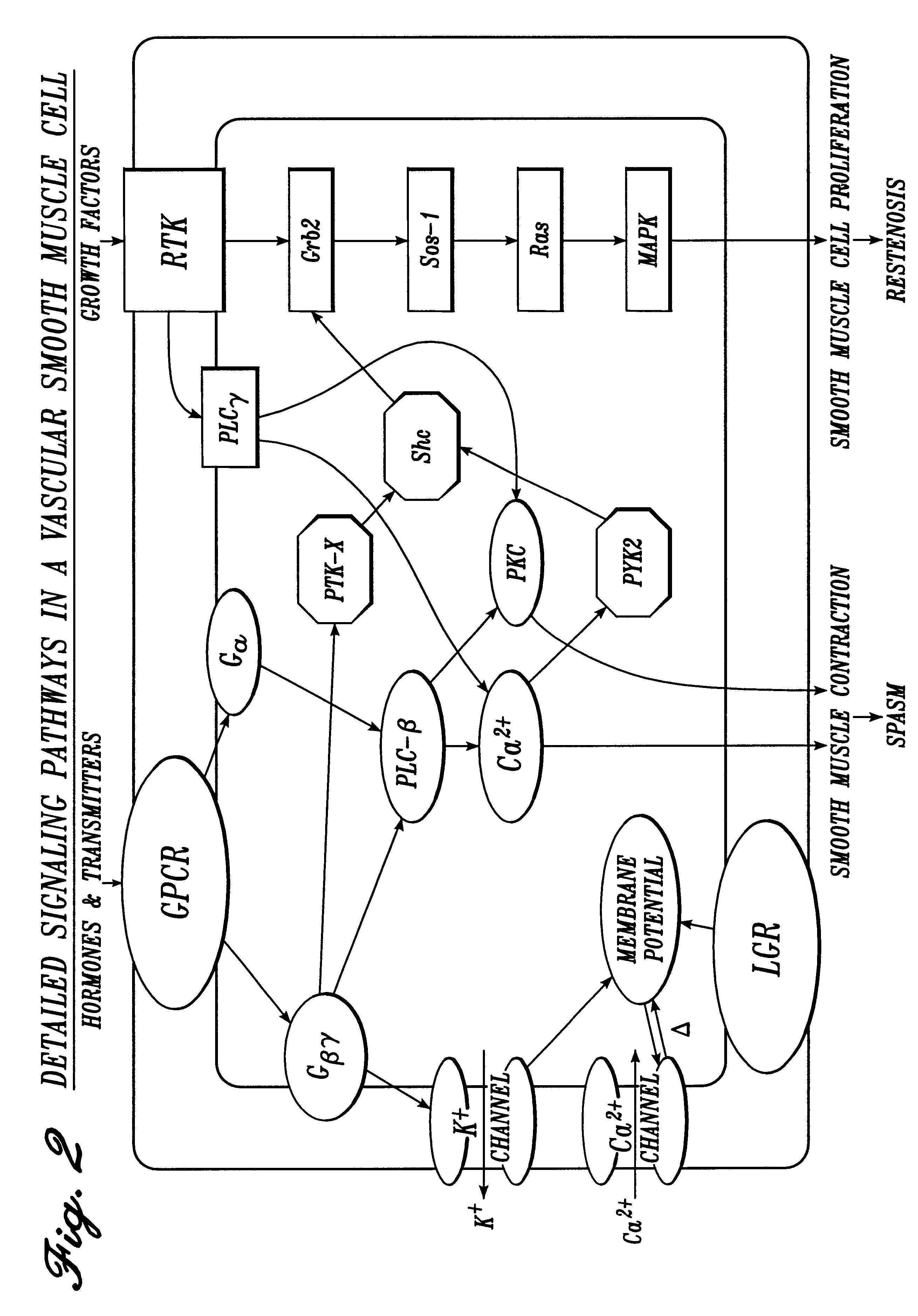Pharmaceutical compositions
a pharmaceutical composition and composition technology, applied in the field of surgical irrigation solutions and methods, can solve the problems of high incidence of nausea and vomiting related to opioids, inability to develop therapeutic agents aimed at treating postoperative pain while avoiding detrimental side effects, and inability to provide analgesic, anti-inflammatory, anti-spasm and anti-restenotic effects of conventional physiologic irrigation fluids, etc., to achieve the effect of decreasing the patient's postoperative analgesi
- Summary
- Abstract
- Description
- Claims
- Application Information
AI Technical Summary
Benefits of technology
Problems solved by technology
Method used
Image
Examples
example i
A. Example I
Irrigation Solution for Arthroscopy
The following composition is suitable for use in anatomic joint irrigation during arthroscopic procedures. Each drug is solubilized in a carrier fluid containing physiologic electrolytes, such as normal saline or lactated Ringer's solution, as are the remaining solutions described in subsequent examples.
example ii
B. Example II
Irrigation Solution for Cardiovascular and General Vascular Therapeutic and Diagnostic Procedures
The following drugs and concentration ranges in solution in a physiologic carrier fluid are suitable for use in irrigating operative sites during cardiovascular and general vascular procedures.
example iii
C. Example III
Irrigation Solution for Urologic Procedures
The following drugs and concentration ranges in solution in a physiologic carrier fluid are suitable for use in irrigating operative sites during urologic procedures.
PUM
| Property | Measurement | Unit |
|---|---|---|
| concentrations | aaaaa | aaaaa |
| distance | aaaaa | aaaaa |
| inflated diameter | aaaaa | aaaaa |
Abstract
Description
Claims
Application Information
 Login to View More
Login to View More - R&D
- Intellectual Property
- Life Sciences
- Materials
- Tech Scout
- Unparalleled Data Quality
- Higher Quality Content
- 60% Fewer Hallucinations
Browse by: Latest US Patents, China's latest patents, Technical Efficacy Thesaurus, Application Domain, Technology Topic, Popular Technical Reports.
© 2025 PatSnap. All rights reserved.Legal|Privacy policy|Modern Slavery Act Transparency Statement|Sitemap|About US| Contact US: help@patsnap.com



